The Article
TECHNICS SL-1200G: AN AUDIOPHILE REVIEW
12th April 2018
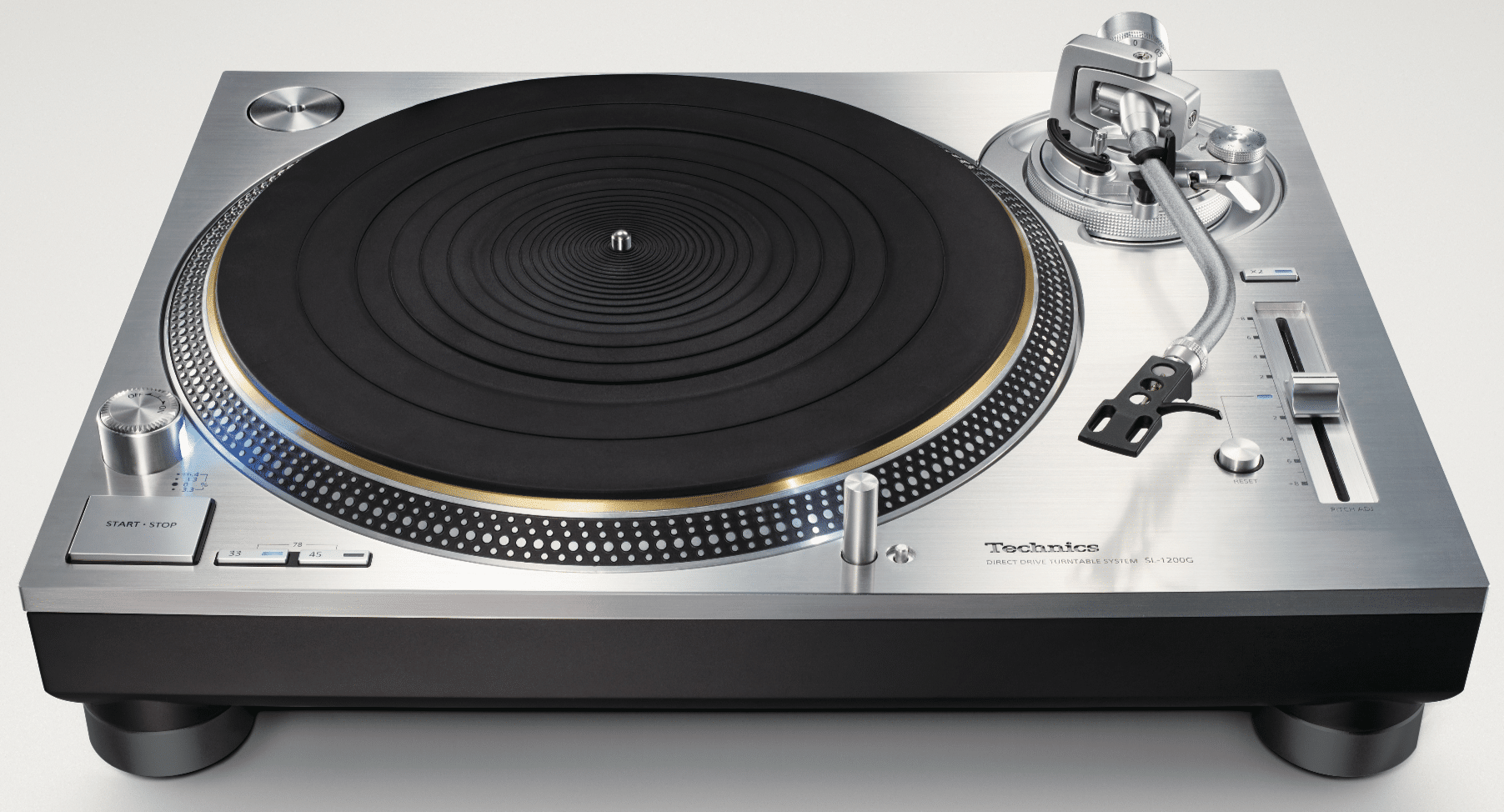
It’s not what you think. Paul Rigby reviews the Technics SL-1200G and is made aware of a few home truths
OK, look, let’s race to the point here and get a few things straight.
Firstly, the SL-1200G is not a DJ deck. So stop talking about it as if it is. And stop comparing it to the original model too. And stop comparing the original design’s price with the price of this model. It might look like a DJ tool and you might even be foolish to use it as such but really, that would be very silly indeed and an overkill in the extreme. Unless you’re a famous DJ and Technics has given you one for free. Apart from that lot…
The only reason(s) Technics retained the basic size, shape and chassis furniture – in my strong opinion – was to cash in on the legend, to show a friendly and acceptable design face that exploits decades of free press and marketing, to cash in on the excitable media who were having orgasms because they saw the classic DJ turntable returning to the fold (apart from a flurry of hi-fi newsprint, no-one would have cared that much if Technics had offered a brand new chassis shape, no-one would have written more than a paragraph or two about it in the lifestyle press). Technics could not afford to ignore this goldmine of exposure. This deck had no choice but to look like the original SL-1200.
It also looks like this to keep costs down and to speed up production.
That’s right, if this turntable was offered as a scratch design, with further original design research and testing and the rest, then you’d be looking at a lot more up front cash, I reckon. Double, maybe? There’s another reason too, which I’ll get to later on.
Also, you’ve got people on staff (or at the end of a telephone line) who know how to basically create a 1200-type deck. You’re off to a flyer then with a new design iteration. Hell, the company even uses the same lid, exactly the same lid from the original SL-1200 jig. It was there, they used it. They could have created a new jig. They didn’t. You see? Speed. Technics can quickly take advantage of the vinyl renaissance.
Finally, there is one more reason to put distance between the ‘G’ and older 1200 designs. Respect. Directly comparing this turntable to the original shows a complete lack of understanding in this new design and a lack of respect to its engineers and the engineering applied.
If you look at the SL-1200G turntable in detail, there is a lot of considered and careful work that moves way away from the DJ culture and speeds headlong towards the audiophile community. This turntable is not a toy, it’s not a working clubber’s tool, it’s a serious turntable. The fact that it has DJ fiddly bits tacked on is, as I say, nothing but marketing faff that Technics feel they need to include to cut marketing corners and, who knows, probably please the bean counters and TV fans sitting in Technics’ bosses, Panasonic’s accounting office.
I talked to Technics’ own Jonathan Danbury for a quick chat about the technical details of the turntable, which spans 453 x 173 x 372 mm and weighs in at 18kg, and asked him to lend a few comparisons to the original SL-1200 while he was about it. Shall we start from the ground up?, “The construction of the feet uses a different rubber type on the limited edition model. The main difference, though, is the arm tube. On the limited edition, it is made from magnesium.”
Improved feet can improve isolation and reduce damaging noise entering into the turntable but is this new arm tube really anything to shout about? I asked Johnnie Nilsen, who makes some of the best turntable arms in the world via his own, UK-based Audio Origami company (www.audioorigami.co.uk). Is a ‘magnesium’ arm worthy of attention?
“For a start, it won’t only be magnesium” said Nilsen. “Pure magnesium really wants to blow up. You can set fire to pure magnesium and it’ll burn like one of those old fashioned fuses that blow up dynamite. This tube will be made from a low percentage alloy of some sort that will be mostly magnesium. It will probably be much lighter than the aluminium arm and stiffer, depending on the alloy type. Improving rigidity would improve the sound, lowering noise and improving detail retrieval. That said, a stiffer arm would put more focus on the bearings – you are only as good as your weakest link – so the bearings would have to be good too.”
Back to Danbury, “The platter is several times heavier than the original, using a brass top plate with rubber underneath so that it is completely dead and inert.”
This is an easy test for you to make, if your dealer doesn’t mind you walking up to his brand new turntable and hitting it. The original rang like a bell. Sonics suffer when this happens.
“The new design also includes a completely new direct drive motor system which removes the stator cogging which was a minor issue with the SL-1200 series. There’s also a new digital speed control system which is much more accurate, controlling speed better and eliminating any threat of wow and flutter. The old model had an analogue speed control system.”
There is no doubt that Technics has paid attention to the sound quality of this turntable, “We are trying to produce the best SL-1200 that we can possibly make,” said Danbury. “In terms of the sonic performance, the new SL-1200 sounds more in league with the SP-10 series, the classic broadcast deck. Unfortunately, though, the production costs right now, to make a mechanical product of that quality and specification are much higher than they were back in the 70s,” said Danbury. “The original run of the SL-1200 series ran for a very long time. We actually produced around 3.5 million of them, in total. Over that very long production period, all of the costs of developing the product plus all the tooling and machinery had all been absorbed. So, in reality, the price actually fell over the years. But none of those parts or tools exist any more (except for the lid) so we literally have to start from scratch. The present day price of making all of the parts and dies is astronomical compared to what it was in the 70s.”
Other details include the familiar 1200-type square start/stop button, 33/45rpm selection buttons and target pop-up light. There’s even a 7″ single vinyl adaptor too. On the right of the upper plinth is a pitch adjustment and reset button.
So, let’s get down to brass tacks then – what does it sound like?
SOUND QUALITY
I began the test by using all of the parts from the box but added an Ortofon Cadenza Bronze cartridge and played the high tempo She’s Got Claws from Gary Numan’s Dance, 2LP reissue.
I slumped a bit in my chair right from the off. There was a definite stridency in the midrange with, even worse, an unfocused delivery in the upper mids (which did cause a measure of listening fatigue over time) and pinching in the treble. Bass was underwhelming for a direct drive unit. The direct drive effect came into play to an extent but there was a slight slowing of the overall music as the bass was not quite as articulate as I would like it, this effect infused the soundstage.
That said, I could hear – sense? – something more. This turntable was not a washout by any means. It sounded to me like it offered potential. Almost like there was a knocking from within. As if something was trying to get out. What I mean by all of that was I kept saying to myself, “Well, that sounds ok but…” and, “There’s some good stuff there but…” I kept stopping short or, rather, the deck did. I remained impressed with the performance from the 1200G out of the box. Sorta.
Let’s talk positives for now. The soundstage was a broad one with plenty of space around the instruments so that the subtle secondary percussive effects, which can often be subsumed, were plainly ‘visible’ to the ear while the synth-based handclaps were insightful enough to hold a suitable reverb tail after each clap effect, the dominant sax was relatively clear and concise while the vocal delivery was emotively effective.
Things had to change, though, before I could walk away from this one.
To come to a conclusion now would have been unfair because I felt it would have been unfinished. I ran to my accessory box.
The supplied interconnects, running from the 1200G to the phono amp are very poor, little better than PVC-coated bootlaces. I replaced them with a pair of Atlas Mavros designs and heard an immediate lowering of noise which immediately helped the listening fatigue. Sonically, I also heard two immediate benefits, the lower noise produced a greater degree of rear silence which meant that subtle percussive effects were plainly heard. There is a lower register piano key sound heard during the song. This effect offered a tonally more realistic sound with a tighter ringing after effect.
Believing that I was on a roll, I turned to the mains lead which fits under the rear of the 1200G chassis. Technics give you a kettle-type, black IEC lead which must have cost them all of two pence to buy in, if that. I swopped that for a Black Rhodium Stream. Again, the system improved its performance with bass tightening up, losing a lot of its bloom while the overall soundstage offered a greater accuracy and precision. Drums, in particular now ‘made sense’. There was a real organic enhancement to the percussion with an impressive impact sound after each strike. Numan’s vocal performance also sounded commanding now, in control with a new sense of confidence.
Where to next? The platter mat, methinks. I removed the standard rubber sample which looked like an exact copy of the one I used on my old Technics SL-B2 belt drive deck from the early 80s, a turntable which cost all of £60 at the time. Instead, I reached for the Airborne mat (€25) which combines rubber and cork into a single mat. Improvements? Yes. Within the stereo image, which was pushed back to produce a greater 3D effect, adding to the solidity of the general soundstage plus an overall tightening up of the focus across the midrange while, for the bass, removing a slightly disconcerting sound which was, how do I describe it, muddy? Sludgy? Whatever, the bass sounded cleaner and more sprightly.
I decided to go the whole hog and add a stabiliser onto the 1200G’s spindle. Now not every turntable likes a stabiliser. My Origin Live Sovereign loves them, for example, while the Wilson Benesch Circle hates them, finding them too claustrophobic. I tried my HRS ADH and listened to the results. And it was a bad move. The ADH was too heavy which only served to squash the bass out of shape. I swopped the ADH with the lighter ADL, which retained HRS’s noise reduction materials to remove noise over the bearing and, in this case, the motor area too. That solved the case. Bass tightened immeasurably and increased in speed while the entire soundstage rose up several inches. The midrange now provided a new level of precision while vocals were far more articulate.
The only improvement I couldn’t make to the basic SL-1200G, due to time and circumstances, was to replace the headshell. I recommend that you do this too because I’m convinced that it will increase sound quality even further. There’s a number to go for. For example, there are a range of excellent graphite and graphite/carbon fibre headshells on the market for around £200 each. Check out the retailer, Ammonite which also sells some intriguing models below and in excess of that figure: ammonite-audio.co.uk. I actually intend to review the Timestep ebony headshell very soon – too late for this review I’m afraid – which retails at £145. I will test it on this turntable when that happens so please look out for that one soon.
I then confirmed the sound quality tests with Dusty Springfield and the track from the album, Dusty in Memphis, Just a Little Lovin. The SL-1200G offered an informative playback, revealing the smouldering passion from the vocal plus a wide soundstage that revealed much from the backing orchestra including a clear and open drum pattern and flowing string section.
CONCLUSION
So what’s with the tweaks and the modifications? I could do the same with any turntable review that I handle, couldn’t I? Well, yes but sometimes, when you review a piece of hi-fi, you’ve got to pause and consider and then ask yourself, “What have I got here?” In this case, Technics gives you a Starter Kit. Nothing more or less than that. The SL-1200G is a turntable Starter Kit. It supplies poor quality, basic accessories to get you underway but the intention, at least from an audiophile perspective, is to bin these ten-a-penny items (this is a £3k turntable, right?) and finish the project properly with good quality additions and to your own liking and taste. Think of it as a new car in which you buy the actual car but then spend a few thousand extra on accessories to get it on the road.
From out of the box, I would rate the sound quality from the basic SL-1200G at a 7 maximum, maybe even a 6. It would be silly to give it that rating as a final figure, though. Rather over strict, shall we say and such a rating would not recognise what the Technics is out of the box because this design is merely the core of your final turntable. In a similar way that the SP-10R is the core of the company’s top-of-the-range SL-1000R model, you might say.
As a basis for a finished project, the SL-1200G is superb, a terrific turntable and one that gives you, in pure sonic terms, something different, something out of the ordinary and a new approach that moves away from many belt-drive high end turntables I’ve heard of late. I’m all for variety. To me, Technics’ entire direction to the SL-1200G is valid and even necessary in this increasingly crowded market.
Should you buy the SL-1200G? Absolutely, yes. Should you play it out of the box. Definitely not, no. Otherwise, why is there a growing array of third party outfits out there selling modified and upgraded 1200G turntables? They’re in on the secret too.So what’s the bottom line? If you care about sound quality, sort out the budget to buy this turntable but see it as the first step only. Then add another, second, budget, on top of that, to purchase a new set of interconnects, mains cable, headshell, stabiliser and platter mat. You’re looking at £1,000-£2,000 or more on top of the basic price profile of the SL-1200G but, in audiophile terms, if you like the basic sound of this Technics beauty, then every penny will be worth it.
TECHNICS SL-1200G TURNTABLE
Price: £2,999
TO BUY CLICK BELOW:
USA – https://amzn.to/3oPbdUU
GOOD: build quality, bass impact, midrange insight, soundstage structure, easy to use
BAD: it’s a basic starter package only
RATING: 8
[Don’t forget to check out my new Facebook Group, The Audiophile Man: Hi-Fi & Music here: www.facebook.com/groups/theaudiophileman for exclusive postings, exclusive editorial and more!]
REFERENCE
Origin Live Sovereign turntable
Origin Live Enterprise 12″ arm
Transfiguration Proteus cartridge
Ortofon Cadenza Bronze cartridge
Icon PS3 phono amplifier
Aesthetix Calypso pre-amp
Icon Audio MB845 Mk.II monoblock amplifiers
Quad ESL-57 speakers with One Thing upgrade
Vertex AQ & Tellurium Q cable
Blue Horizon Professional Rack System
Harmonic Resolution Systems Noise Reduction Components
All vinyl was cleaned using an Audio Desk’s Ultrasonic Pro Vinyl Cleaner


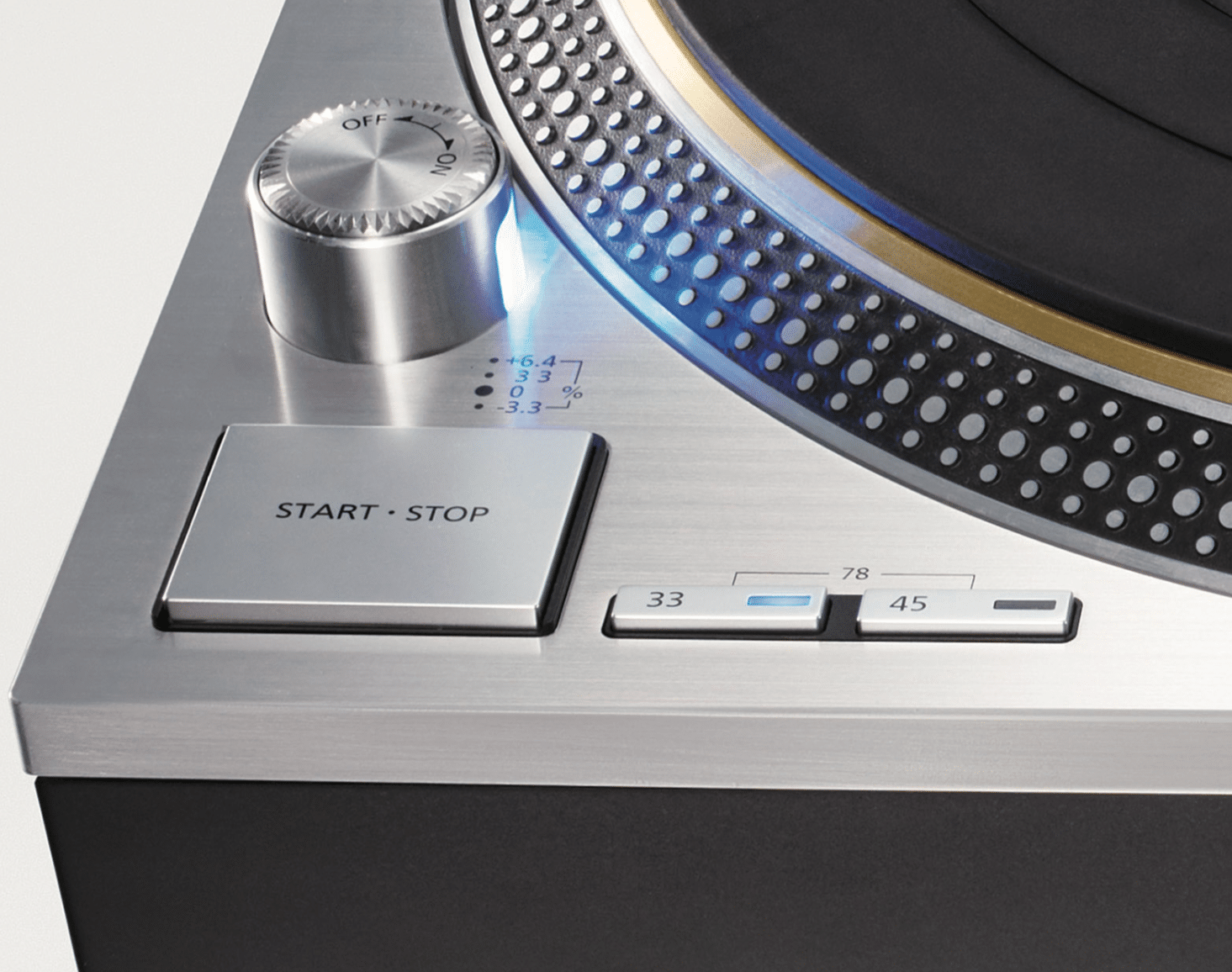
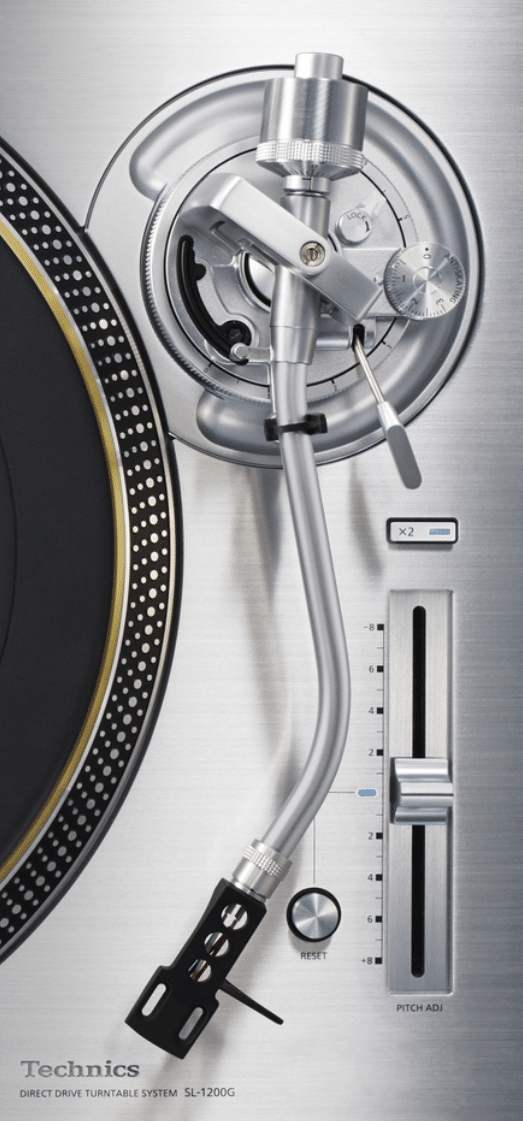
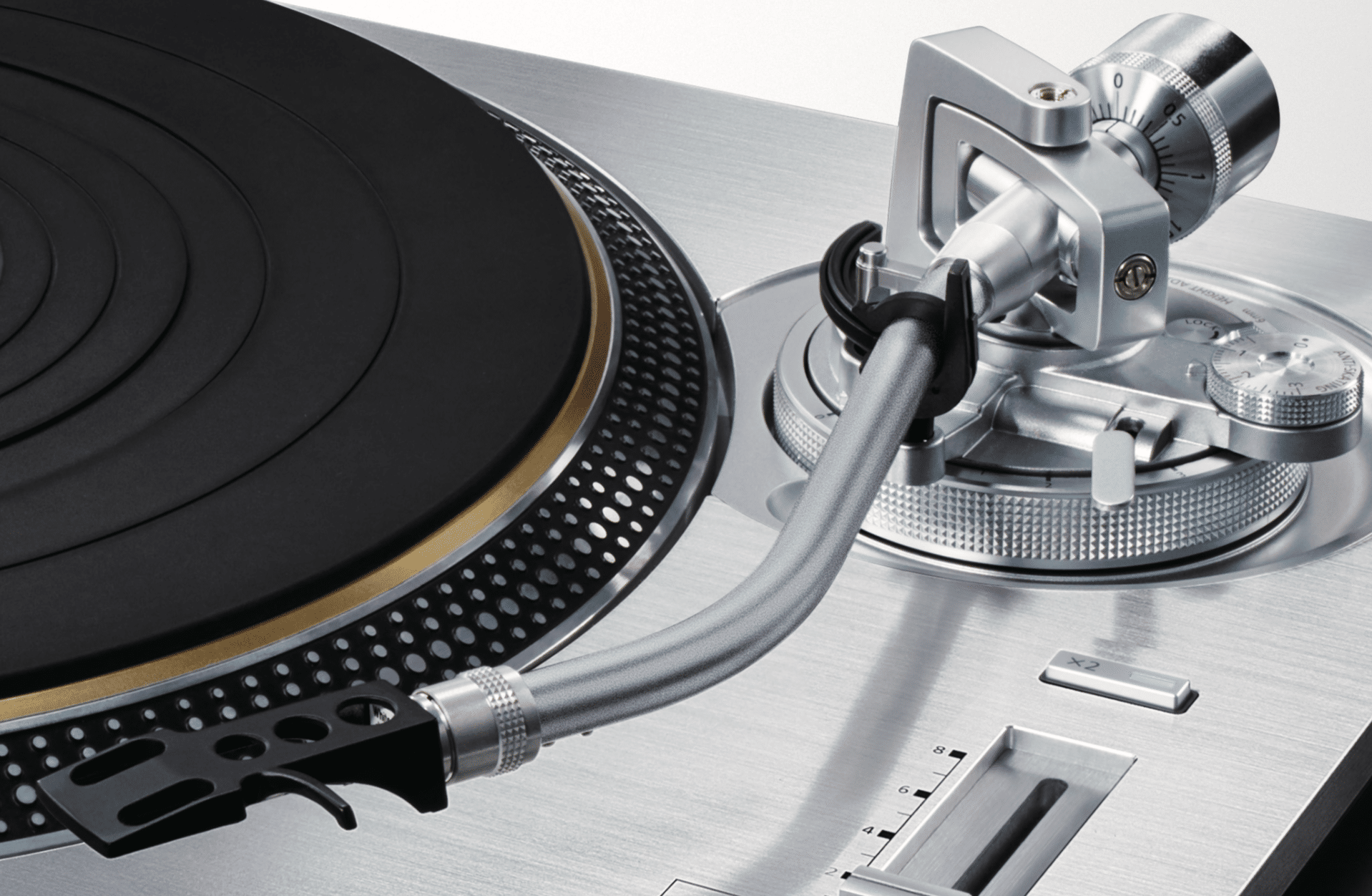

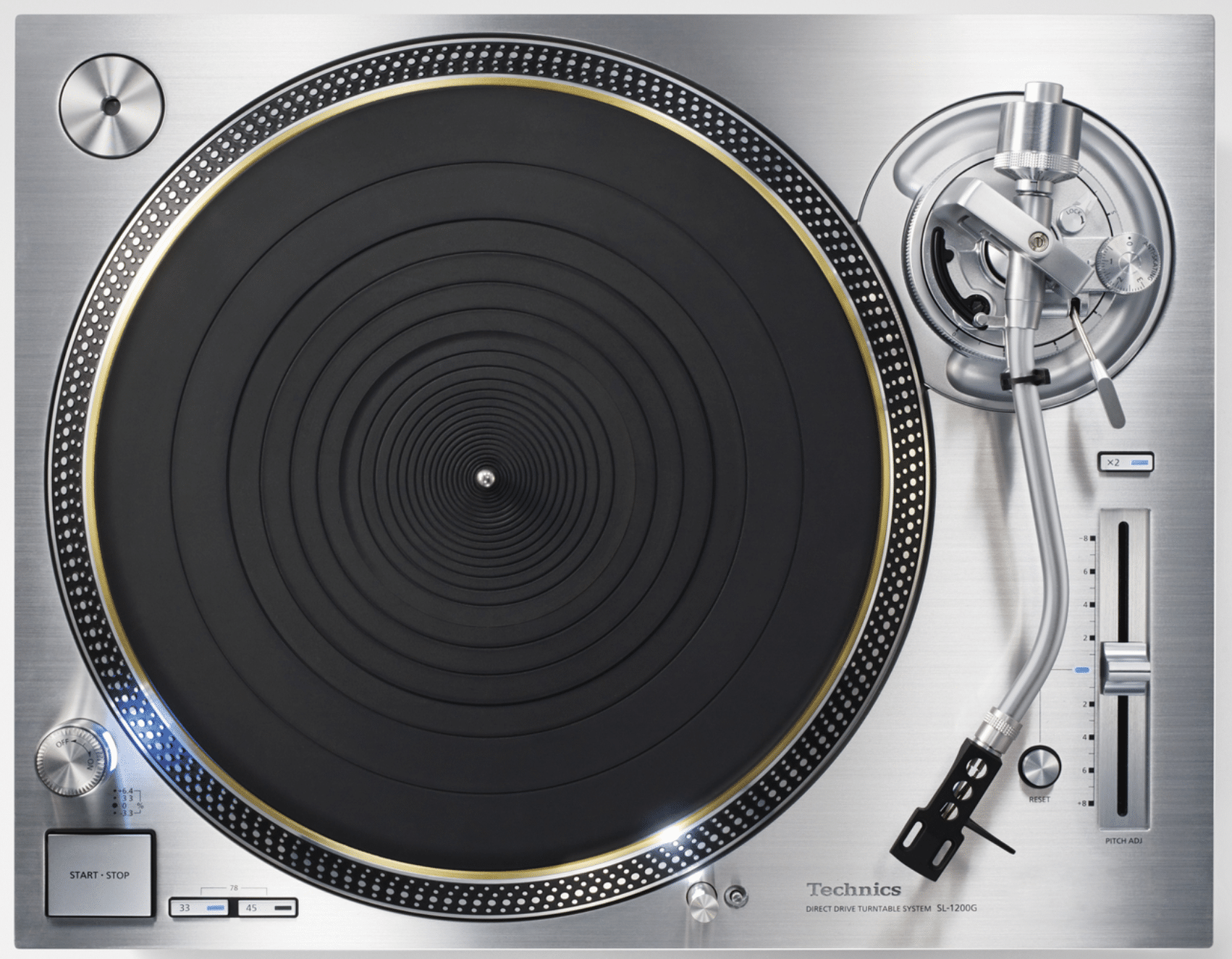
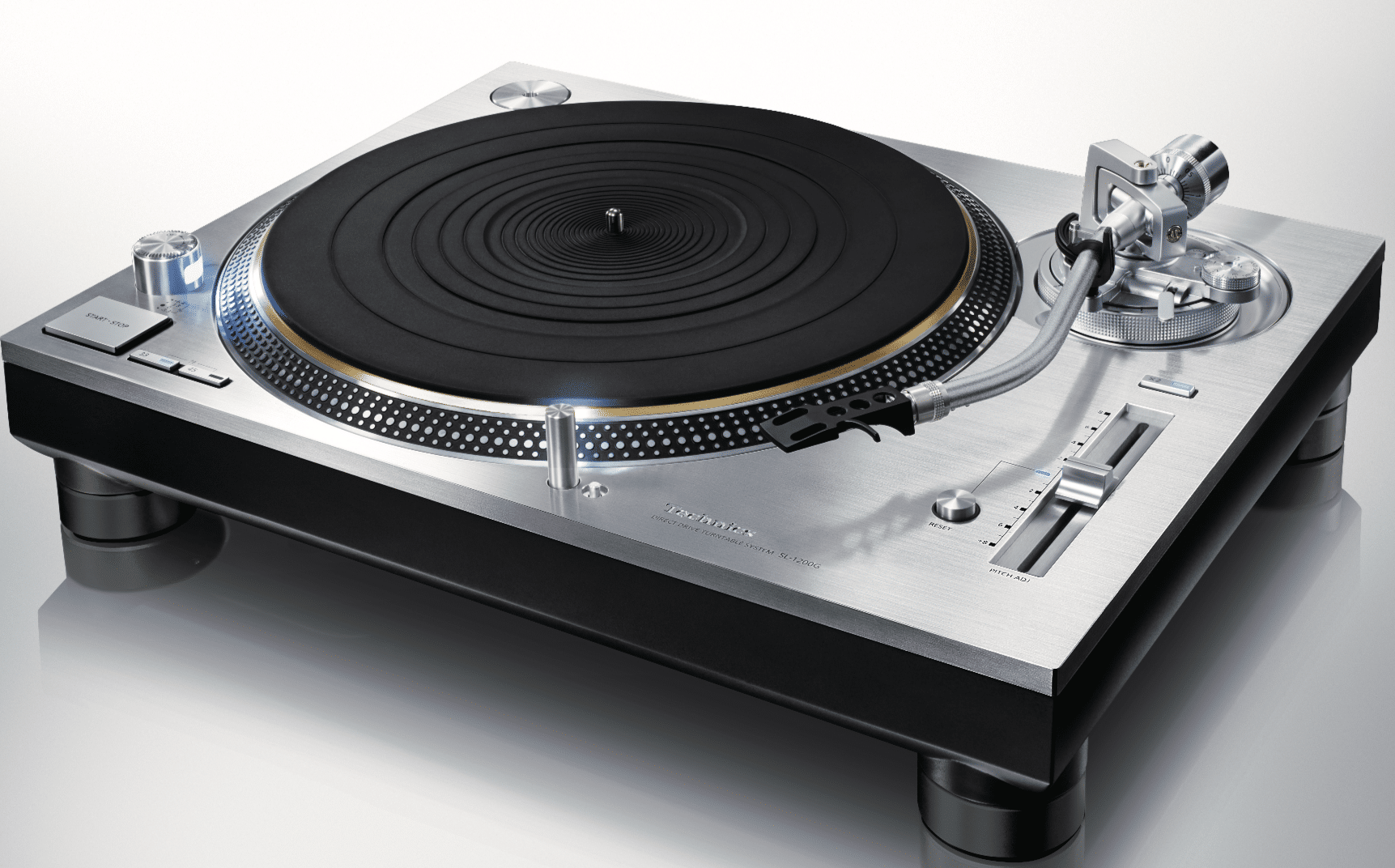
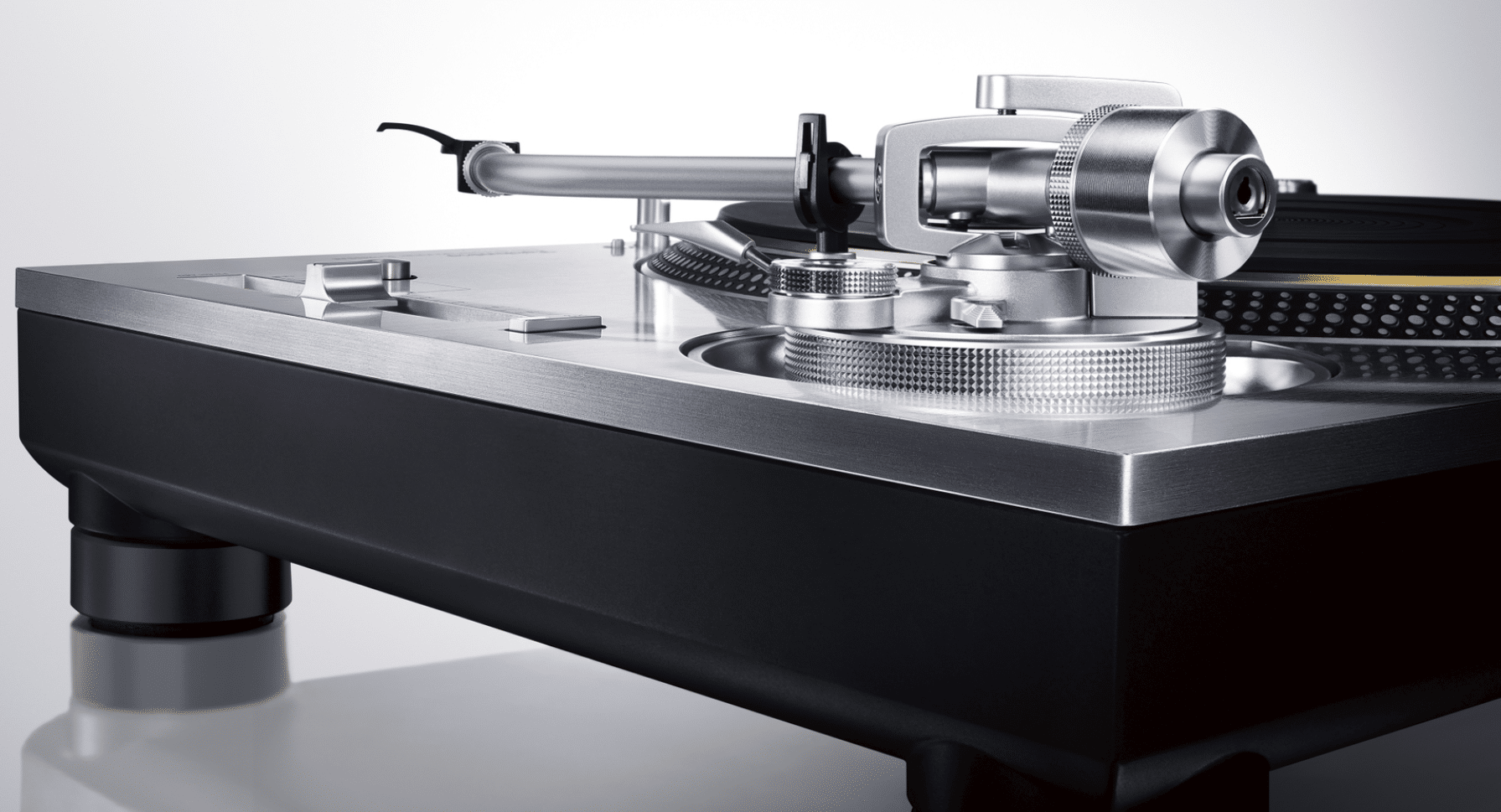
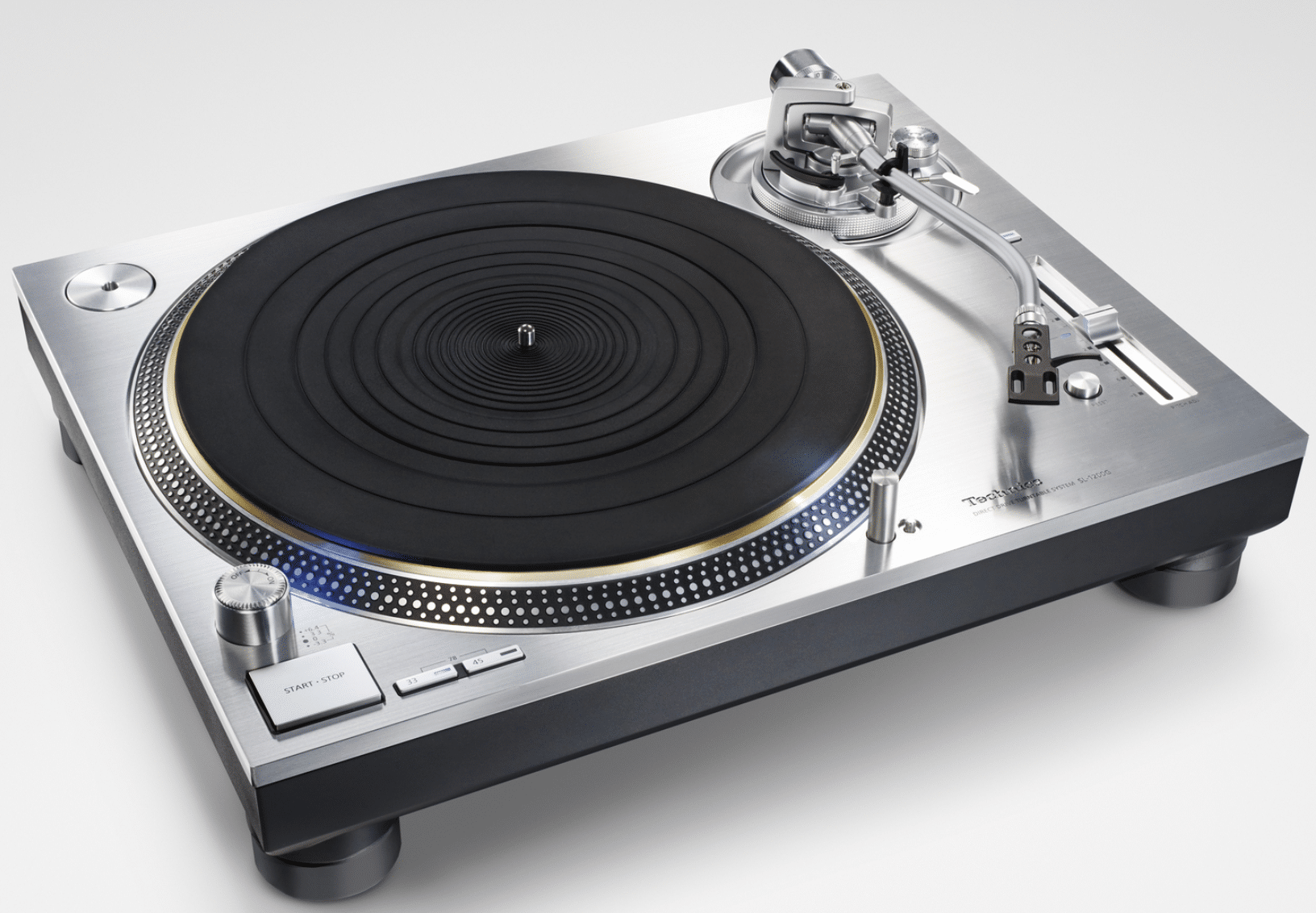


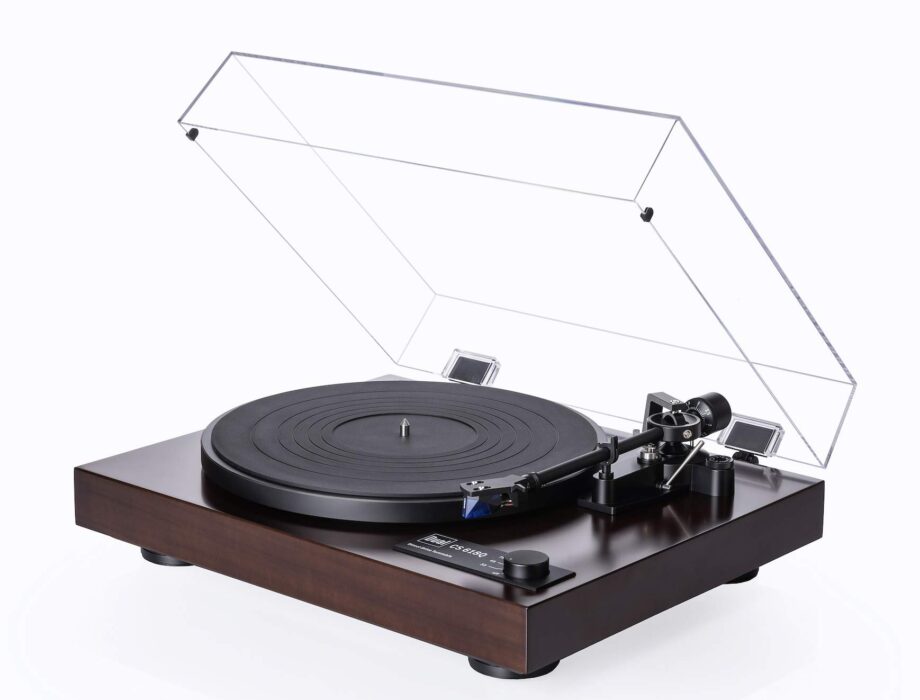
Jelco sells a tonearm cable for around $100 US that will probably be up to the task without spending silly money. Only problem is, it’s pink. But if it sounds good, it is good. Also, Achromat sells a Technics-specific mat that is universally praised called the Achromat 1200. At 5mm thick, it will also raise the platter height so that shorter MC cartridges under 17mm can be used on this turntable. The AT33-series and Denon DL-103 are two that come to mind.
Sounds like a plan, Joel. Pink, eh?
Hi Paul,
Have you reviewed the GAE? I think 2 of the differences between the G & GAE are their overall weight and torque.
Personally I think torque has a direct correlation to the drive and bass weight. Whereas it‚Äôs in my humble opinion that if a turntable is really heavy it may make the music sound more ‚Äòdead‚Äô than ‚Äòalive‚Äô , ask that guy from Loricraft, he‚Äôll tell you. üòÅ
Just my humble 2 cents,
Kind Regards,
Conrad.
Thanks for your thoughts Conrad and no, I’ve yet to tackle the GAE Im afraid.
Hello P:all, does this G allow the addition of adding an Oyaide MJ-12 aluminum mat? Or is the fact that the platter has a brass insert render that idea redundant?
I don’t see an issue adding the Oyiade, Nick. I don’t have the G here now, it was returned a while back, but from memory, the platter was flat under it’s own mat so the platter acts like any other standard model.
Thanks Paul, I think from what I’ve seen in pictures the brass top clips the already short spindle, so any mat like an Oyaide might leave very little clearance. This is not an issue with the GR. Will be interesting if they address this issue, especially now that the table will be manufactured in Malaysia and no longer in Japan.
Instead, stick to belt drives made in England